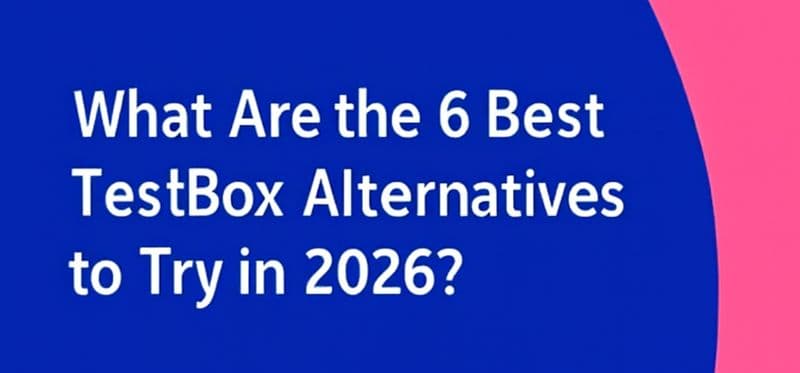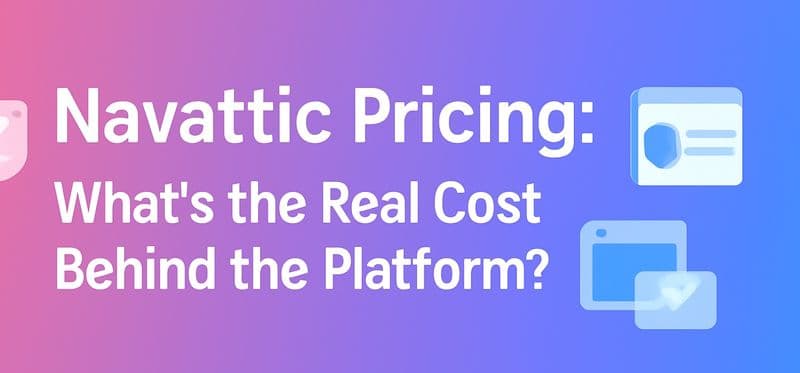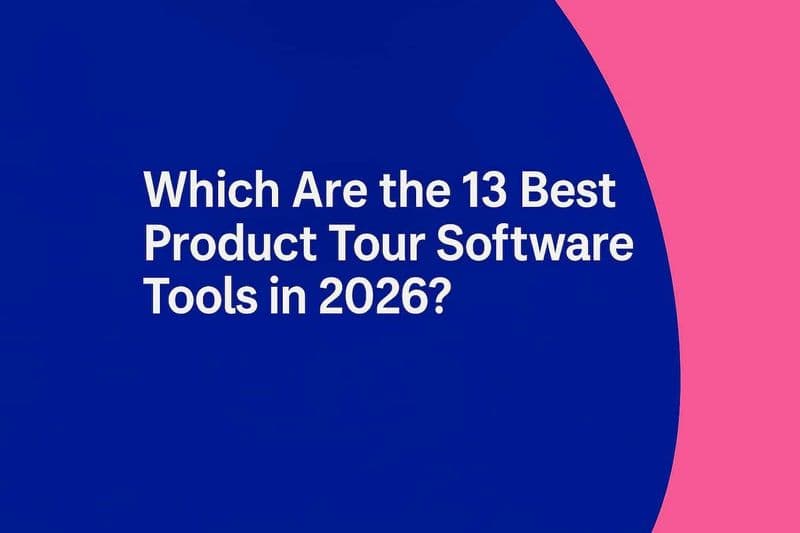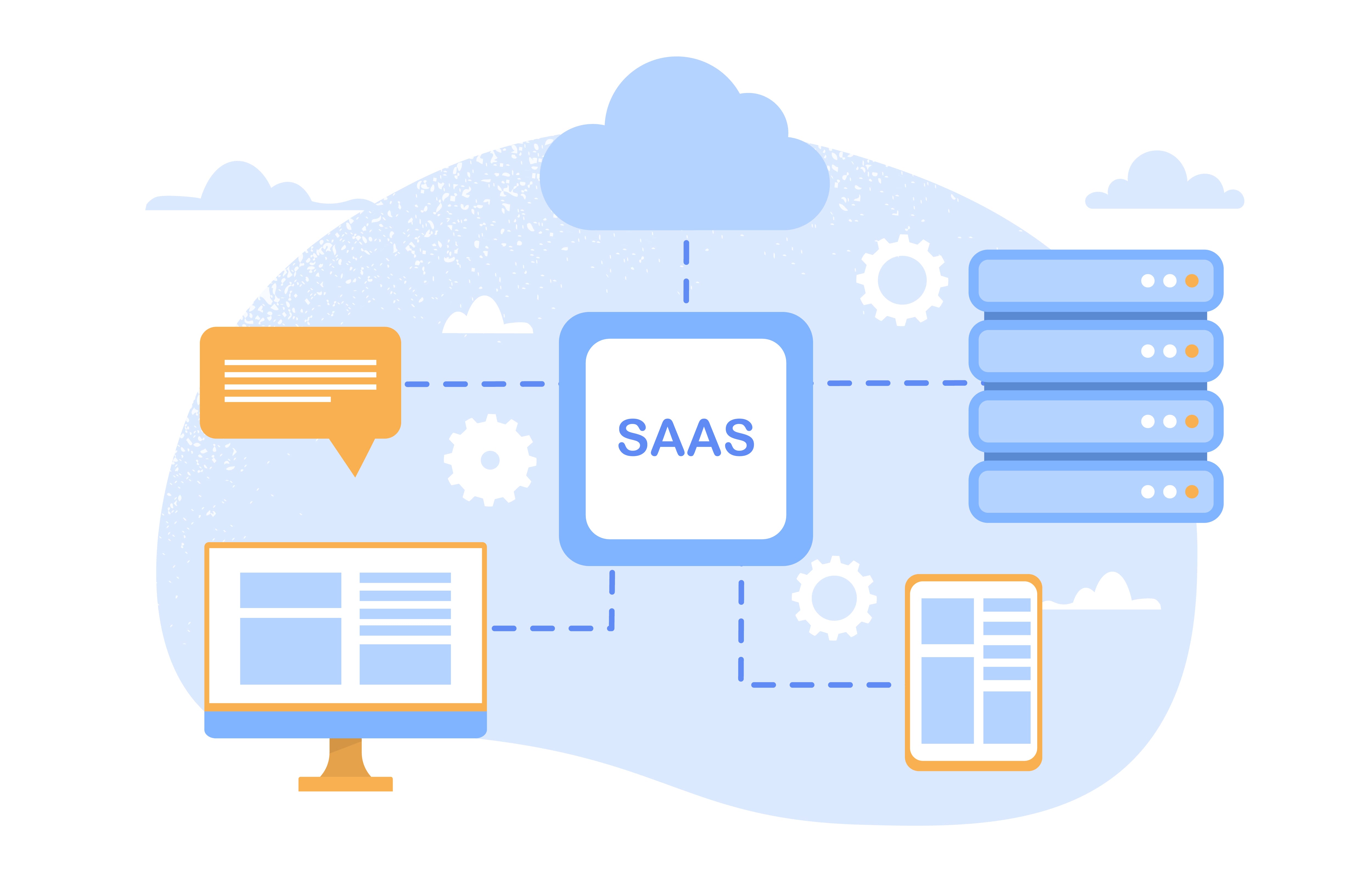
Today, it’s no longer enough to just send emails—you need to send the right emails using proper email marketing software to the right people at the right time. Yet, many SaaS companies still treat email marketing and their mailing list as an afterthought, resulting in low engagement, missed conversions, and churned users.
The reality? SaaS email marketing is not like traditional email marketing.
You’re not just selling a product—you’re guiding users through a complex digital journey that includes awareness, onboarding, activation, retention, and expansion. A generic newsletter is not a great way to connect when your free trial users ghost you or your paid customers forget to renew.
Whether it’s turning cold leads into demos, onboarding users seamlessly, or re-engaging those who are about to churn, a smart email campaign can make—or break—your growth.
In this guide, we’ll unpack what it takes to build a high-impact SaaS email marketing strategy. So if you're tired of email campaigns that don’t deliver ROI, and ready to scale your SaaS growth the smart way, read on.
What is SaaS Email Marketing for Lead Nurturing?
SaaS email marketing is a data-driven communication strategy designed to engage users throughout the entire customer lifecycle—from onboarding to retention—using targeted, behavior-based emails to enhance brand awareness. In fact, you can use email marketing to leverage customer interactions within the product to trigger personalized messages that educate, convert, and support users.
Also read: A detailed guide on creating interactive demos for email marketing.
What are the Different types of SaaS Email Marketing?
The SaaS customer journey doesn’t end after the first purchase—it evolves. From marketing emails to lifecycle engagement and transactional messages, each stage plays a vital role in enhancing the user experience. This ongoing interaction ensures consistent growth and retention throughout the customer lifecycle.
1. Marketing Emails: Engaging Potential Customers
Effective email design is crucial for engaging potential SaaS users. It must capture attention, build trust, and address objections early on.
Marketing campaigns typically include lead magnets, lead-nurturing emails, sales campaigns, and newsletters. Lead magnets draw in subscribers, nurturing emails introduce your brand, sales emails highlight how your product solves problems, and newsletters keep your audience updated on new content and features.
2. Lifecycle Emails: From Onboarding to Retention
Lifecycle emails bridge the gap between acquiring and retaining customers. These automated sequences guide users through different stages of their product journey.
Starting with onboarding emails, you ensure new customers gain immediate value. Without a solid onboarding campaign, users may struggle and churn. This onboarding process is critical as it serves as the perfect 'first campaign' to engage new users. After onboarding, users should transition to regular product use, exploring key features. This is where upgrade campaigns and loyalty emails come in.
For dormant users, reactive campaigns can reignite interest, while cancellation surveys offer valuable insights on why users leave.
3. Transactional Emails: Essential Communications Beyond Marketing
Transactional emails are crucial service emails that deliver essential information like password resets, billing reminders, and product updates based on user actions. Unlike marketing or lifecycle emails, they require immediate delivery, making it essential to use an email service that can process API calls from your product in real time. These emails help maintain smooth communication and enhance the overall user experience.
7 Tips to Effectively Develop a SaaS Email Marketing Plan That Converts
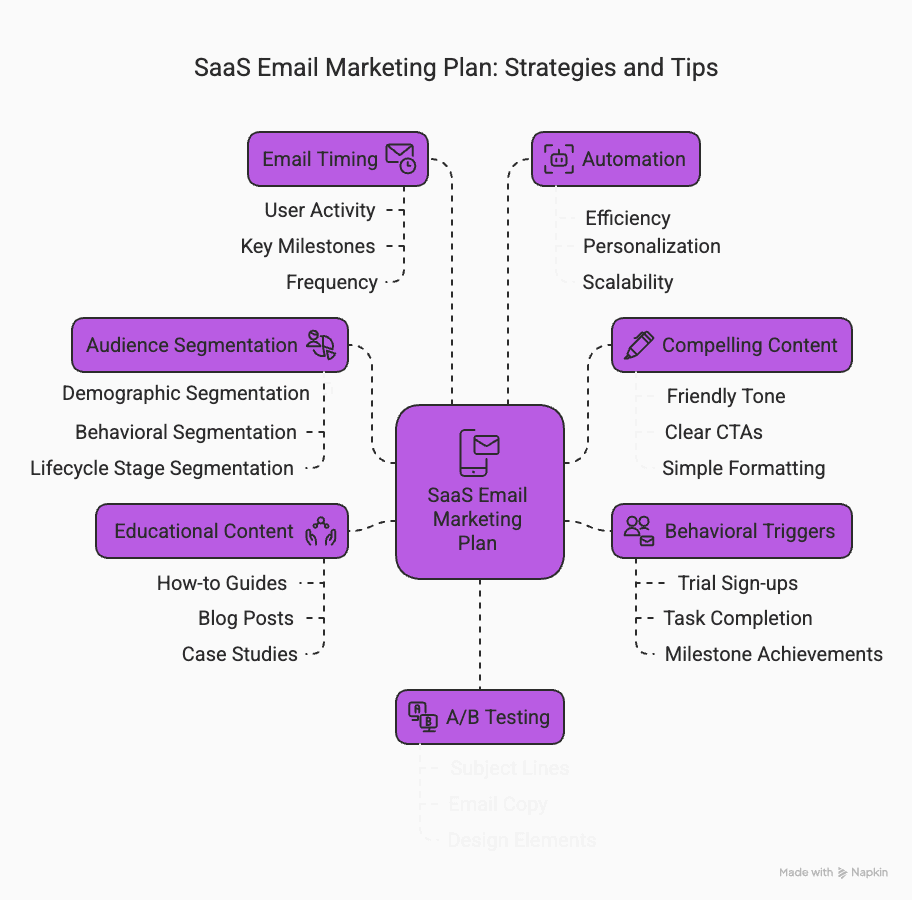
Creating your successful SaaS email marketing strategy plan demands a comprehensive understanding of your target audience and a clear identification of your business objectives. The key here is to identify broader categories of the target audience and create tailored and engaging content for them to keep them hooked, particularly focusing on the different types of emails necessary for effectiveness.
1. Segmenting Your Audience for Targeted Campaigns
Segmentation involves grouping your audience based on shared characteristics or behaviors, allowing you to create personalized and targeted marketing activities and campaigns.
Demographic segmentation allows you to tailor your communications to suit the unique needs of different demographic groups. For example, an email campaign targeted at IT professionals will differ significantly from one aimed at healthcare professionals.
Behavioral segmentation focuses on the actions users have taken within your product. This can include their history of engagements, feature usage, inactivity, and more. The goal here is to deliver highly relevant content based on individual user behaviors.
Lifecycle stage segmentation allows you to send appropriate content based on a user’s lifecycle stage – be they potential customers, new users, active subscribers, or inactive users.
By leveraging segmentation, you can ensure that the right message reaches the right person at the right time, greatly boosting the effectiveness of your email marketing efforts.
2. Creating Compelling Content that Converts
Your SaaS email content should focus on connecting with your audience in a helpful, relevant, and valuable way—not just showing off features. To turn leads into loyal customers, address real problems and show how your product makes their life easier.
Keep the tone friendly and informative, not pushy. Share tips, showcase use cases, and subtly position your product as the solution without overselling. Use clear, benefit-focused CTAs like “Start your free trial” or “See it in action” to guide readers naturally.
Since people tend to skim emails, use simple formatting—short paragraphs, bold headers, bullet points, and visuals where needed. This ensures the core message stands out even with a quick glance.
In short: be useful, be clear, and be human. That’s how content converts.
3. Using Behavioral Triggers to Personalize Emails
Email personalization is key to creating stronger connections with your audience. A great way to achieve this is through effective email marketing using behavioral triggers—automated emails based on actions users take within your product, such as signing up for a trial or completing a task.
Behavioral-triggered emails provide timely, relevant content. For example, when a user completes their first task, they might receive a congratulatory email with next-step tips.
These emails help guide users through the conversion funnel and make them feel valued, increasing the likelihood of them becoming loyal customers.
4. Nurturing Leads through Educational Content
Scaling your SaaS business isn't just about selling services—it's about building trust and credibility with your audience. One of the most effective ways to do this is by sharing knowledge and expertise through emails and social media.
The goal is not to directly promote your product but to offer useful insights, tips, and solutions that resonate with your audience. This can include how-to guides, blog posts, case studies, and industry news.
By consistently providing high-quality educational content, you show your commitment to adding value. This helps foster trust, creating a strong bond with your audience and making them more receptive to your future offerings.
5. Timing Your Emails for Maximum Impact
Sending your emails at the right moment can significantly enhance engagement and boost conversions. Here are some key points to consider:
User Activity: Timing your emails according to when your users are most active, including considering their time zone, can increase open rates. This might involve analyzing engagement patterns to determine optimal send times.
Key Milestones: Emails sent in response to specific user actions or milestones provide timely, relevant content that showcases success stories, making it more likely to engage users.
Frequency: Striking a balance between staying top of mind and avoiding inbox overwhelm is crucial. Regular yet respectful communication fosters a positive brand impression.
Ultimately, the best timing for your emails will depend on your audience's behavior and preferences. By paying attention to user trends and testing different timings, you can find a schedule that maximizes engagement and conversions.
6. Automating Emails for Efficiency and Scalability
Email marketing automation tools are an essential cog in your SaaS email marketing plan. An email automation tool allows for the timely and consistent sending of emails based on specific triggers or events in the customer journey.
The beauty of automation lies in its ability to save you time and effort while enhancing the user experience with simple, personalized, timely messages. Below are a few ways simple campaigns can automate and supercharge your marketing efforts:
Boosting efficiency: Automated emails save you from the repetitive task of sending individual emails manually. Once set up, your campaigns will operate on autopilot.
Enhanced Personalization: Automation enables dynamic personalization, allowing you to tailor your emails based on user behavior or segmentation data.
Scalable customer engagement: As your business grows, managing email campaigns manually becomes increasingly challenging. Automation allows you to maintain steady customer communication regardless of your business size.
By automating your email marketing, you can ensure consistency and precision in your messaging, foster stronger relationships with customers, and ultimately, drive customer retention and revenue growth.
7. A/B Testing to Optimize Campaigns
Improving the performance of your email campaigns involves continuous testing and optimization, including testing different email types. One of the most effective methods for this is A/B testing, where you send two versions of the same campaign but change a single variable to see which version performs better.
Variables to test might include:
Subject Lines: Does a specific headline style or tone lead to more opens?
Email Copy: Which tone or message resonates better with your audience?
Design Elements: Do certain colors, layouts, or images lead to more clicks?
Send Times: Are there specific times when your emails get better engagement?
By systematically testing these and other variables, you can gain valuable insights into what works best for your unique audience. This process not only helps improve the performance of your current campaigns but also guides future strategies through data-driven insights.
Why Is Customer Data Crucial in SaaS Email Marketing?
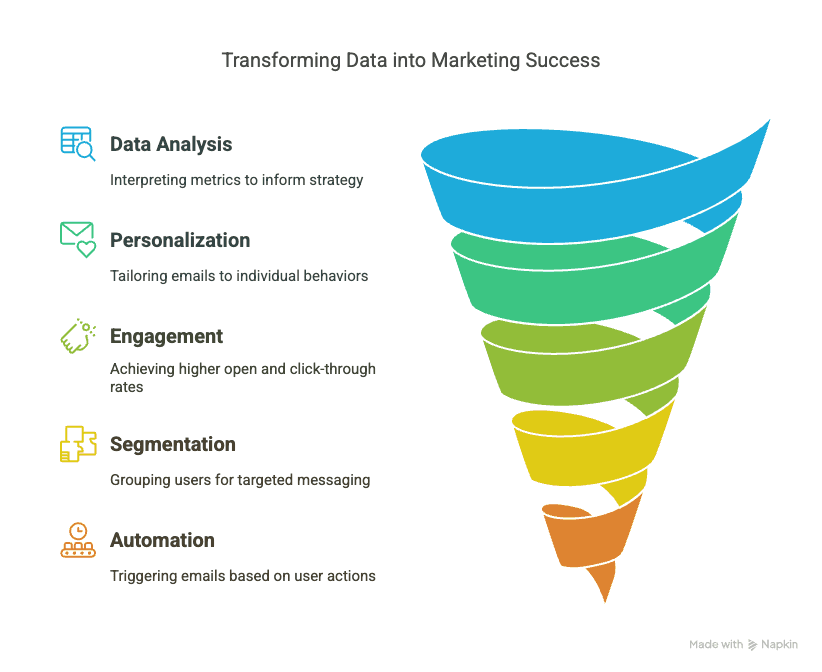
Customer data is the backbone of effective SaaS email marketing. It allows you to craft behavior-driven emails that are personalized, timely, and relevant, boosting engagement and conversions.
Interpreting the key metrics generated from your SaaS email marketing campaigns is as critical as data collection itself. This analysis is what ultimately informs your strategic decisions and influences the trajectory of your marketing efforts.
Hyper-personalized communication: Tailor emails based on in-app behavior, purchase history, or user stage.
Higher engagement rates: Targeted content resonates more with users, leading to better open and click-through rates.
Improved segmentation: Group users by actions, preferences, or lifecycle stage for precision targeting.
Smarter automation: Trigger emails in real time (e.g., onboarding tips, usage reminders, upgrade prompts).
Increased ROI: Focused messaging reduces churn and encourages upgrades or renewals.
When done right, data-powered emails drive meaningful interactions and long-term growth, making your email strategy smarter, not just louder.
Which Metrics Matter Most for SaaS Email Marketing Performance?
To measure the effectiveness of your email marketing tools and efforts, you must keep tabs on a broad range of metrics or KPIs. Each metric measures a different aspect of your campaign's performance, providing insight into areas of success and points that require improvement.
Low open rates may mean your subject lines aren't compelling or emails are in spam folders. A low CTR suggests your content or CTAs need improvement. A high bounce rate points to issues with your email list, while high unsubscribe rates indicate a content-audience mismatch. By analyzing these metrics, you can make adjustments to improve performance. Consistent data-driven refinement is key to successful SaaS email marketing.
Here's a rundown of some crucial email marketing metrics:
Metrics | Definition |
|---|---|
Open Rate | Measures the percentage of recipients who open your emails |
Click-Through Rate (CTR) | Calculates what proportion of your users click on links within your emails |
Conversion Rate | Captures what percentage of recipients eventually complete a desired action, such as purchase or signup |
Bounce Rate | Shows the percentage of your emails that get returned by the server |
Unsubscribe Rate | Determines what fraction of your audience opts out of receiving further emails from you |
Consistently tracking these metrics over time will offer a comprehensive picture of your email marketing effectiveness, assisting you in making informed, data-driven decisions.
Ready to Transform Your Email Campaigns with SmartCue?
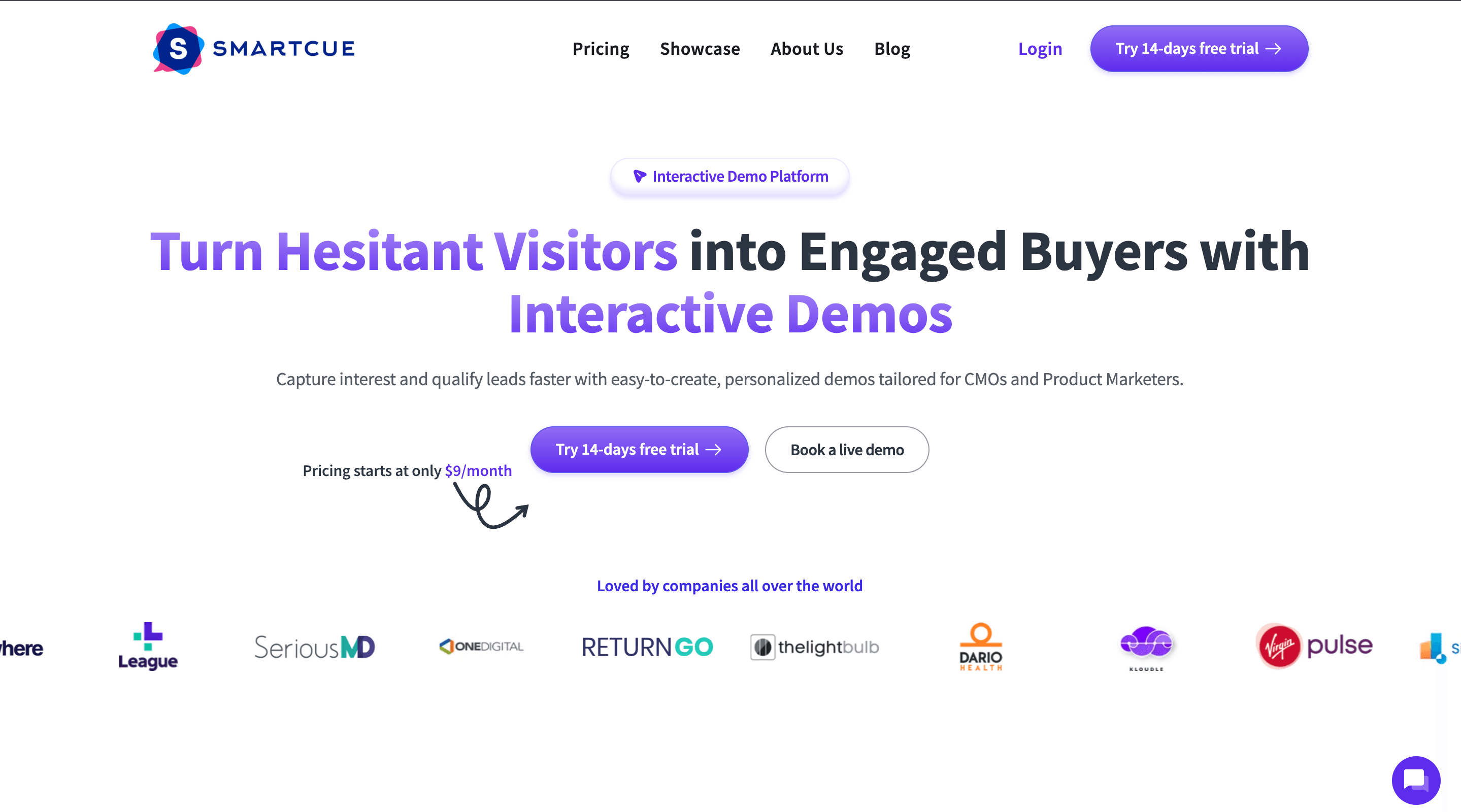
Tired of static emails that get lost in crowded inboxes? SmartCue empowers you to create personalized, interactive demos that captivate your audience and drive conversions.
Why Choose SmartCue?
Engage Like Never Before: Videos often fail to capture attention, with only 10-15% viewer engagement. SmartCue's interactive demos offer a hands-on experience, increasing engagement and interest.
Tailored for Every User: Customize demos to suit different customer segments, ensuring relevance and enhancing user experience.
Quick and Easy Setup: Create demos in minutes with our intuitive platform, reducing preparation time and accelerating your go-to-market strategy.
Conclusion: Turn Emails into Engines of Growth
SaaS email marketing may be complex, but when done right, it’s a game-changer for your email marketing journey. By harnessing customer data, crafting value-driven content, and automating smart, personalized campaigns, you’re not just sending emails, you're building relationships that last.
The real power lies in consistency: engaging users across their journey, adapting to their needs, and always delivering value through smaller actions. Track what matters, refine what works, and keep experimenting. With the right strategy, your emails won’t just convert—they’ll drive lasting growth.
Frequently Asked Questions
What are the best practices for creating effective email subject lines?
Effective email subject lines are clear, concise, catchy, and relevant. They should pique curiosity without being clickbait, evoke emotion, use action words, create urgency, or offer value. Incorporating power words can enhance the subject lines' effectiveness. Personalizing subject lines with the recipient's name or other personal data can further boost open rates.
Are there any common pitfalls in SaaS email marketing strategy to avoid?
Common pitfalls in SaaS Email Marketing include neglecting to segment your audience, failing to personalize emails, not optimizing for mobile devices, ignoring A/B testing, and disregarding metrics. It's essential to steer clear of these traps for successful email marketing tips and campaigns.
What is the ideal length for a nurturing email?
The ideal length for a nurturing email can vary depending on your audience and message. However, keeping your emails concise and to the point, typically around 200-300 words, can yield better engagement. Make sure that every word adds value and the call-to-action is clearly displayed.
How can segmentation improve conversion rates?
Segmentation improves conversion rates by enabling you to deliver highly targeted and personalized communications. By grouping your audience based on shared attributes or behaviors, you can tailor your campaigns to resonate more effectively with each segment, thus enhancing engagement and driving conversions.
Why SaaS Email Marketing Differs from Traditional Email Marketing?
SaaS Email Marketing patterns diverge significantly from traditional email marketing paradigms, primarily due to the nature of the SaaS business model and its emphasis on customer lifetime value (CLV). As a SaaS business, your customer interaction isn't just about a one-time sale; instead, it's about building an ongoing relationship that nurtures customers from lead generation through to product updates, retention, and expansion.
How often should SaaS companies send marketing emails?
There is no one-size-fits-all answer, as it largely depends on your audience and content. However, a rule of thumb is to establish regular, consistent communication without overwhelming your subscribers. This could range from daily to monthly, depending on the campaign type and your audience preferences.
